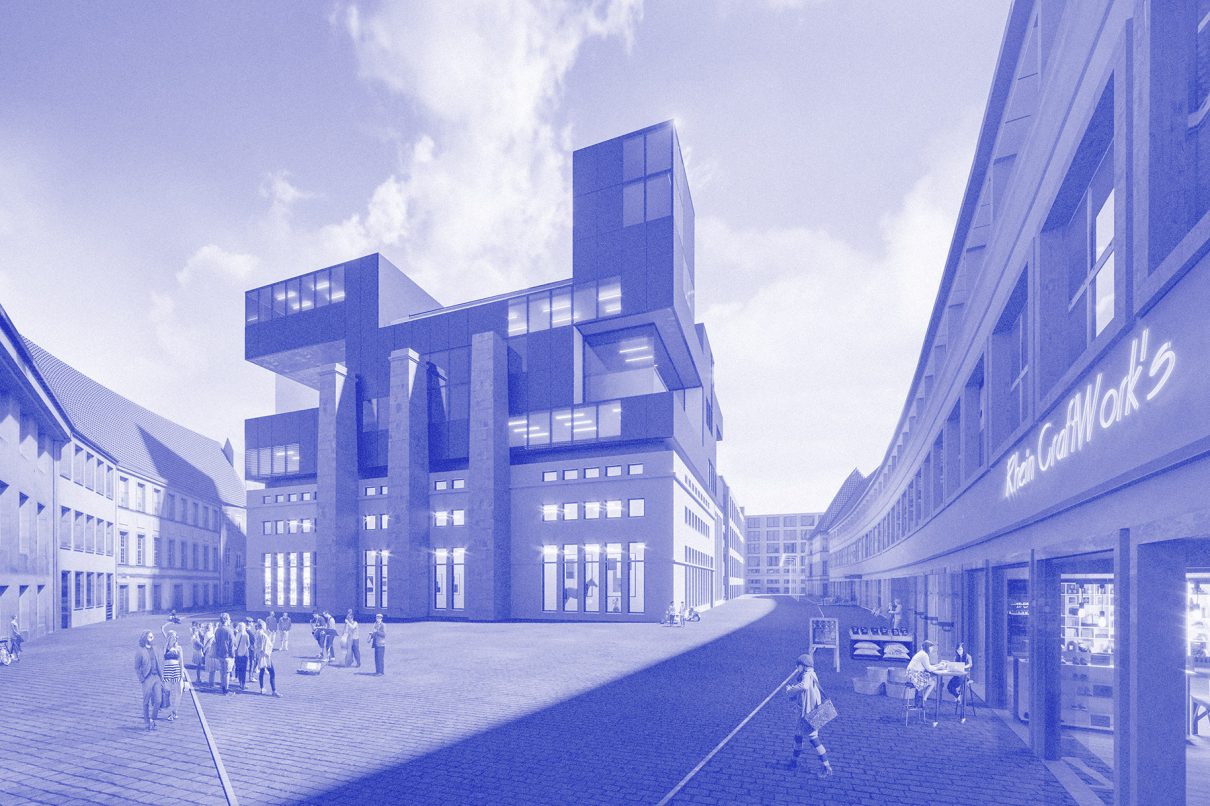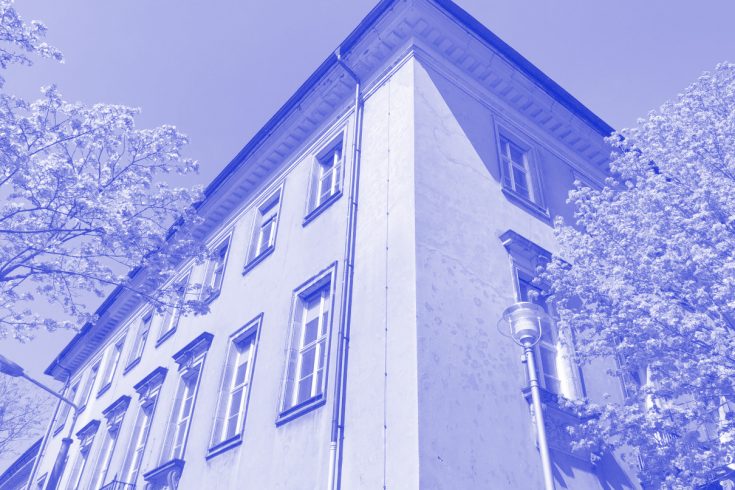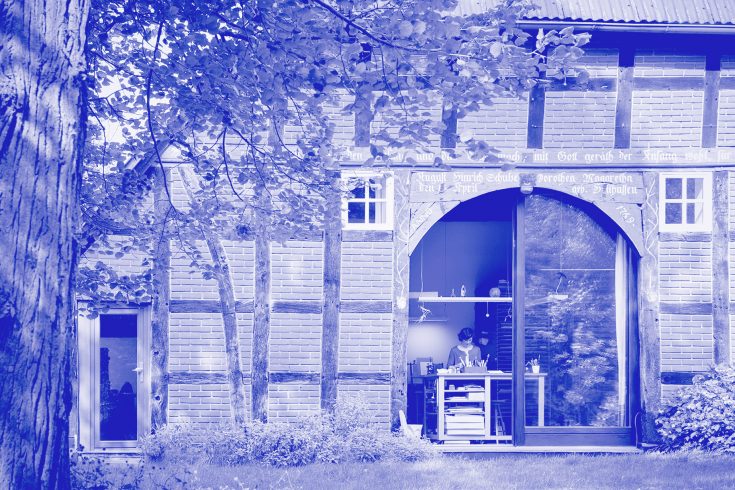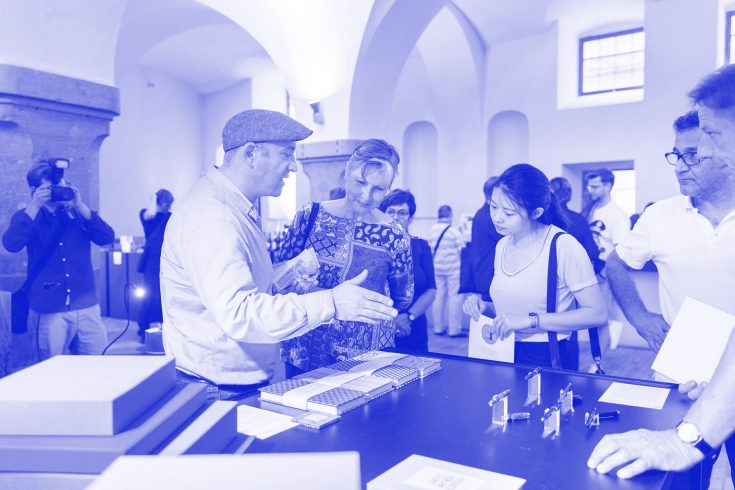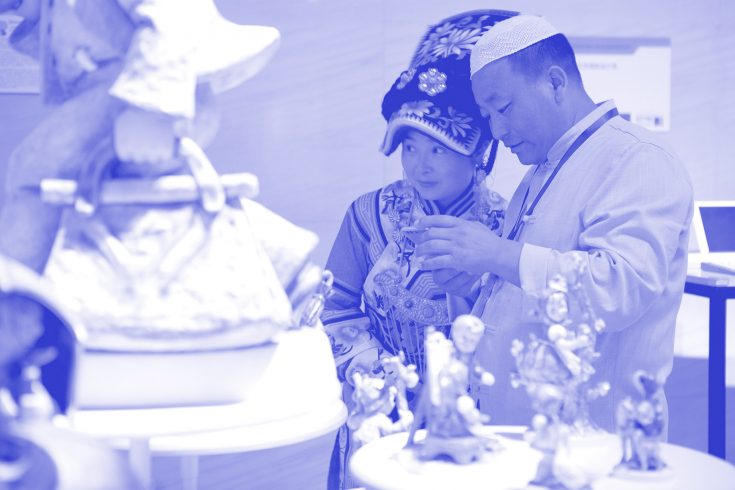A Forum for Design
In the heart of Berlin, a future laboratory can be created — a place for design, innovation, art, craftsmanship and ecology. The vision is to create a place for sensual experience and aesthetic education, especially in our “de-sensualized” world, which is becoming ever faster, more abstract and more digital.
Inside the Design Forum, the young creative design and art scene could come together to work on ideas for a sustainable future. Production and consumption will be questioned, but at the same time transformed into prototypical sustainable projects. The Design Forum combines artistic strategies with the concrete perspective of social entrepreneurs and sustainably producing manufactories.
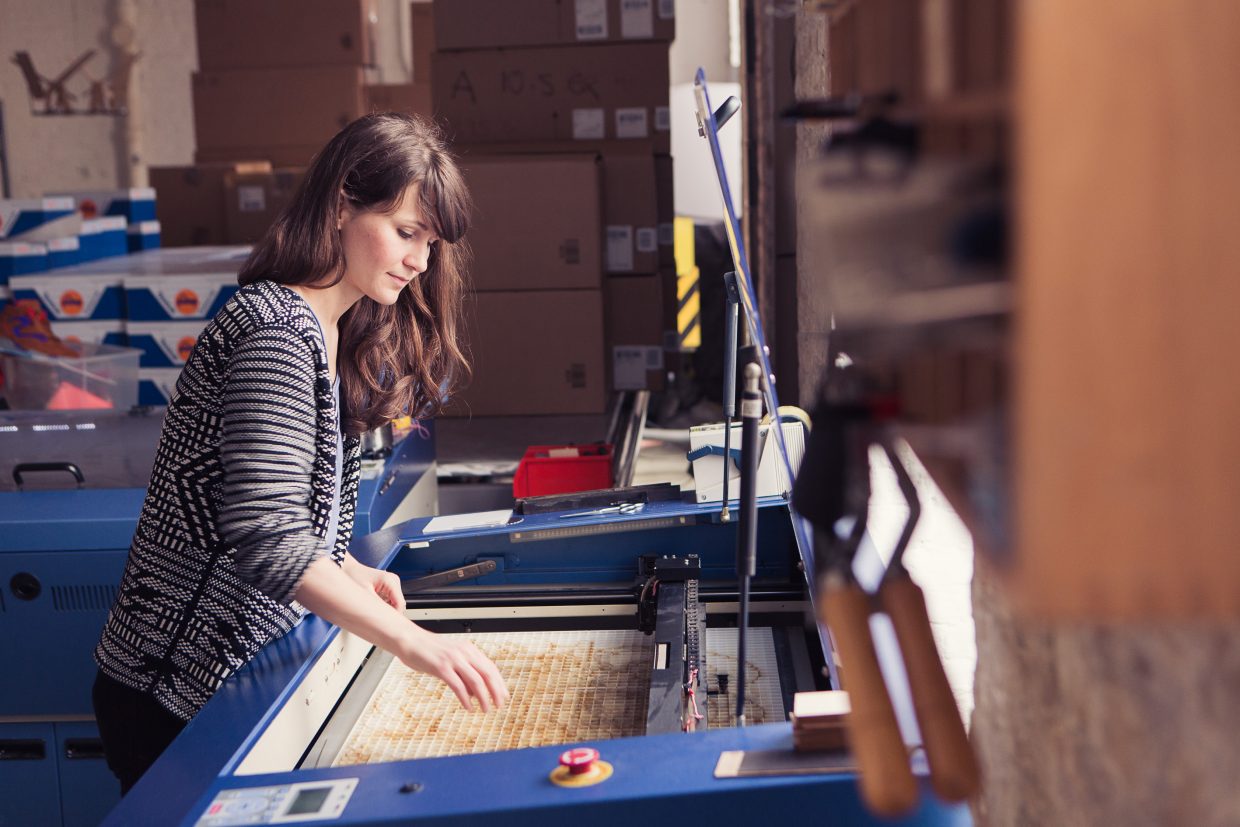
The proposal is currently being submitted in a concept procedure for the location of the Old Mint in Berlin-Mitte.
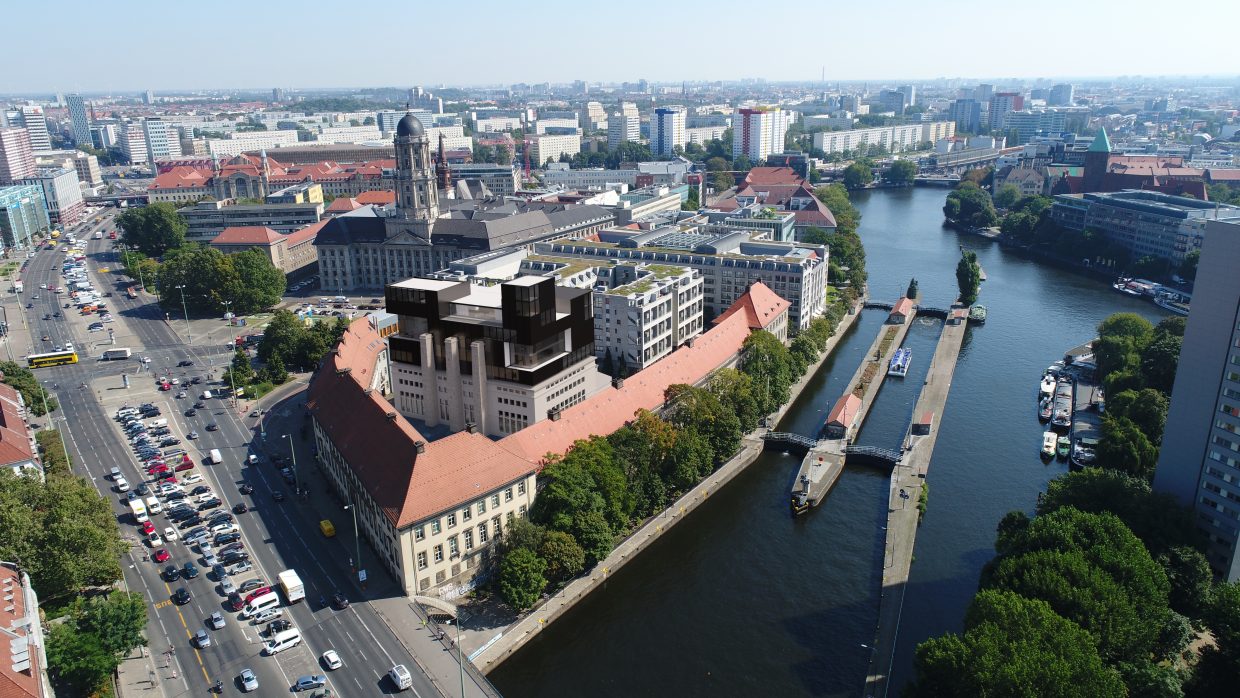
The Design Forum brings together the areas of “artistic craftsmanship” and “design” in one place. For some time now, both disciplines have been concerned with comprehensive tasks and are shifting the focus away from the spatial object itself towards the ideas and life models behind the form. The social design movement takes on the legacy of Bauhaus and Werkbund by dealing with holistic concepts that include all areas of life. Design thinking, design criticism, ecology and sustainability, globalisation and interculturality and future strategies will increasingly occupy us in the coming years.
Ecosystem of creative design craftsmanship
The aim of the Design Forum is to strengthen designers by making the new potential that design holds for social transformation visible. At the same time, the Design Forum aims to boost the image of creative craftsmanship and support individual players, small craft businesses and manufactories in all aspects of their development.

The political and economic consequences of globalization threaten to destroy small and medium-sized manufactories. Worries about young talent, competition with industrially manufactured competing products or the monopolisation of trade lead to an economic reality in which it is difficult for them to survive. For many it is important to maintain the environmental conditions that support them. Their future depends on their ability to find a good balance between tradition and new paths.
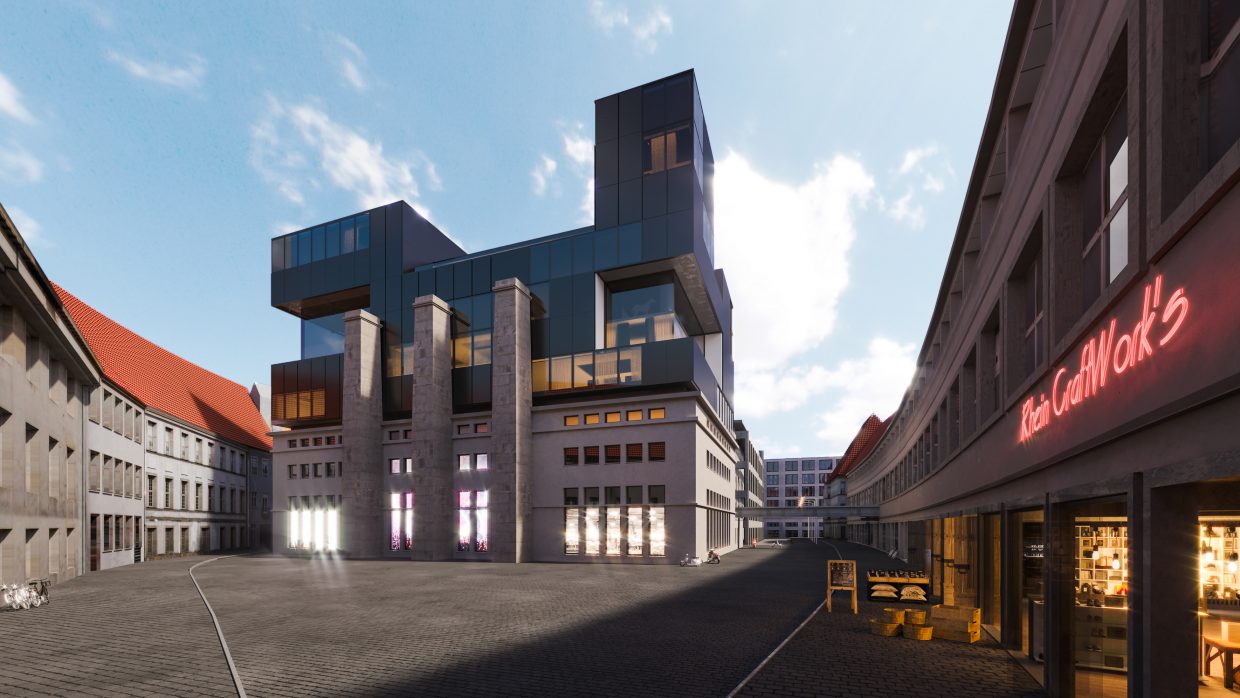
The revitalisation of the area finds its architectural expression in the extension of the central, historic building of the mint. The existing, 3‑storey building remains untouched on the outside and is covered by a visually equally weighted supplementary body. This is a “doubled”, twin-like body that lies over the existing one and is set off by a circumferentially contoured structural joint.
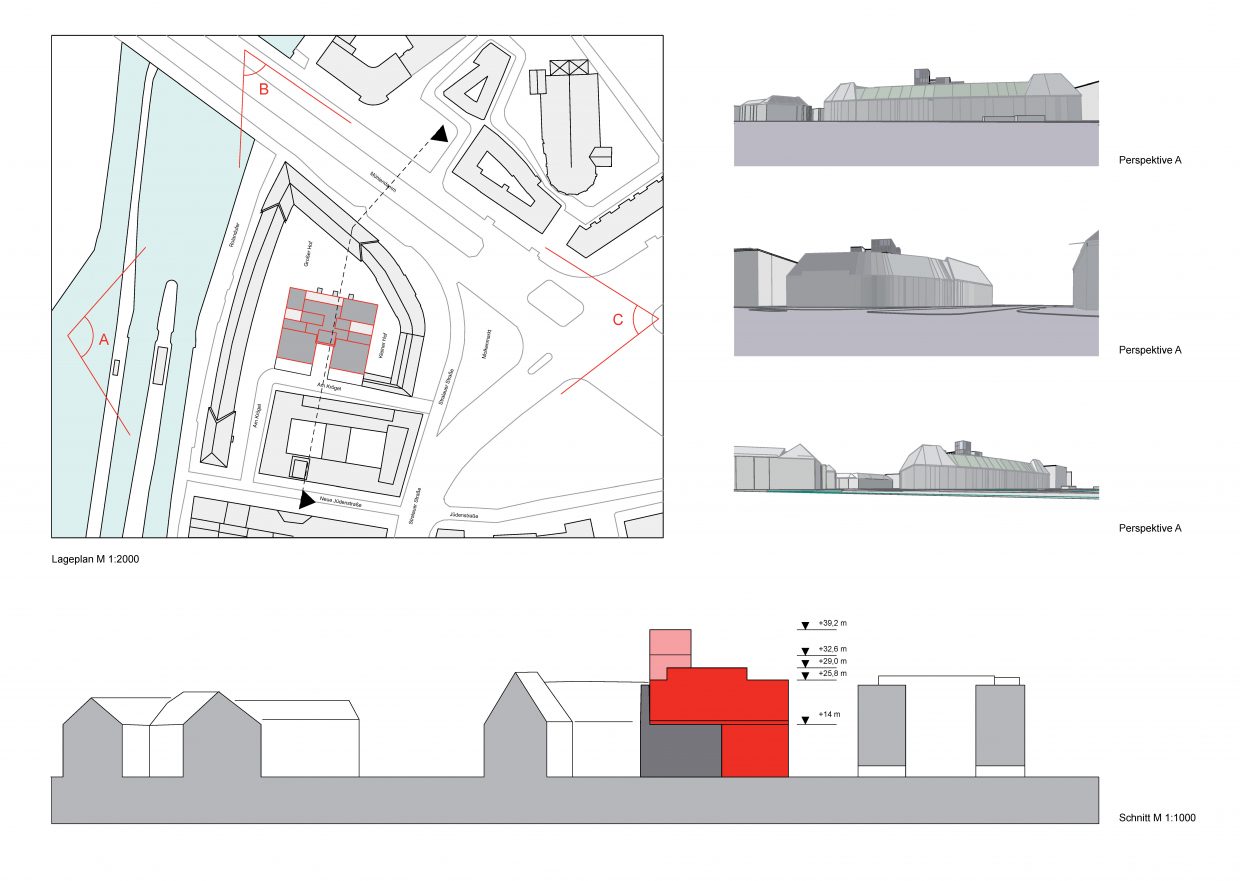
Following the principle of “embossing”, individual components develop out of the body in relief, while other components move in behind the imaginary contour as “punched out”. The result is a moving, multi-layered body along a clear original contour. The outer skin is formed from a metallic-looking shell of partly closed and partly transparent glass panels, as well as multi-storey transparent panels in the punched-out parts.
The increase can be experienced from various city points outside the coin area as a “crown-like” vertical closure of the historical area and thus symbolizes the reorientation and vitalization of the content of the area. From the Krögelgasse, diagonally opposite the Direktorenhaus, the main access to the building structure is made.
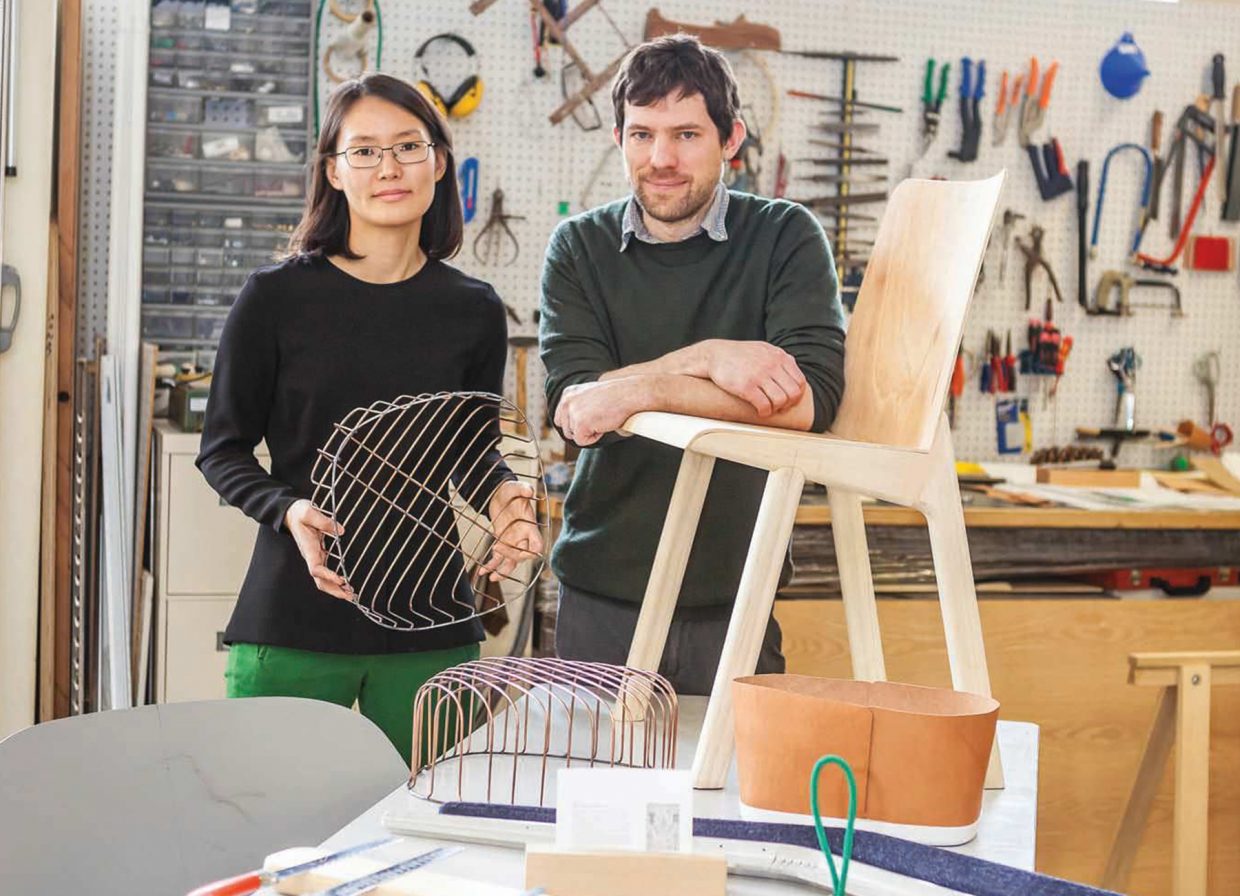
Through the existing building a central development core is arranged, which opens up the multifunctional exhibition and event areas in the upper floors to the public. City loggias and a panoramic terrace offer visitors visual networking with the rest of the coin’s area as well as the location of the object in the vital tectonics of the adjoining city centre.
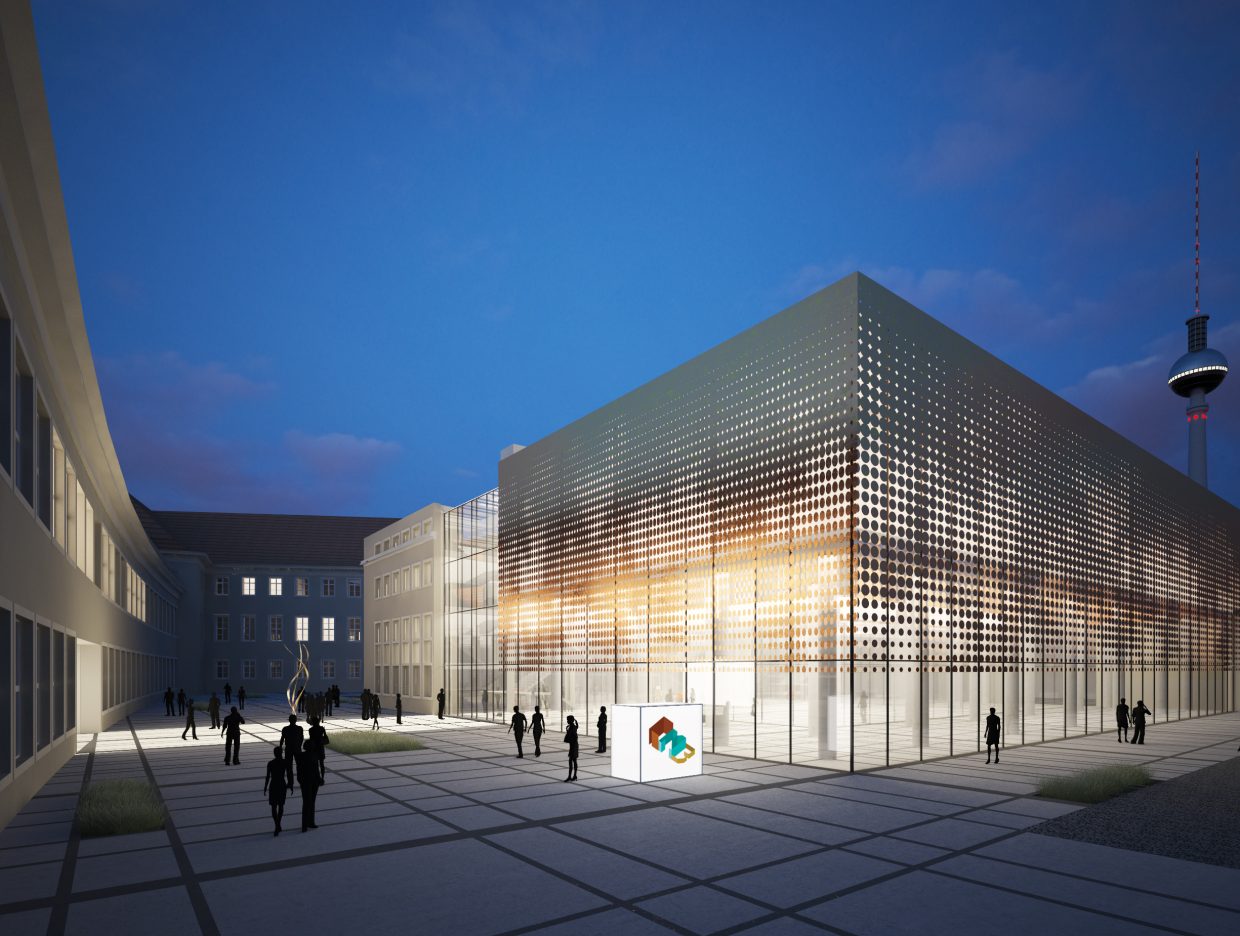
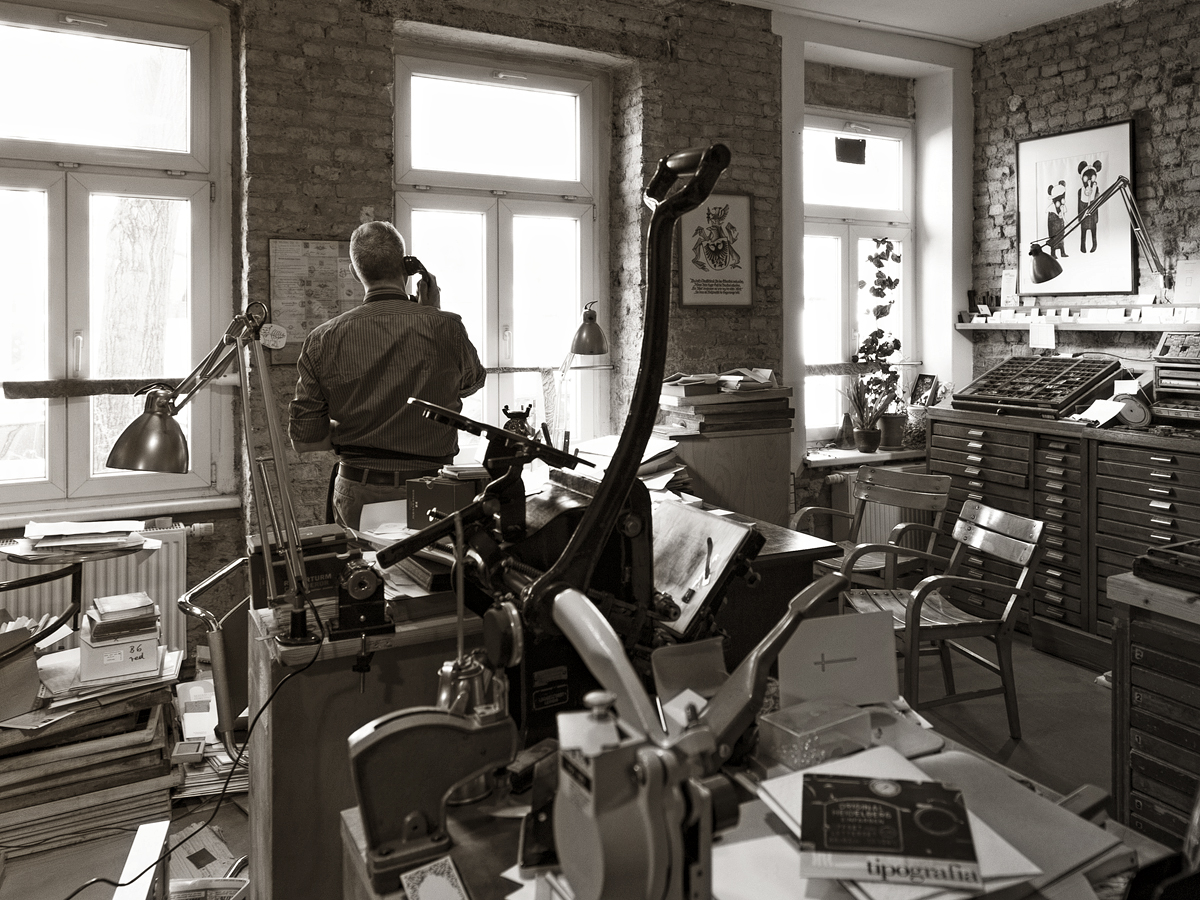
The forum focuses on artistic craftsmanship and design as creative and at the same time economically significant disciplines. It is planned to locate cultural and creative actors on areas for financially strong anchor tenants and to offer inexpensive services for economically weaker tenants at the intersection of the cultural and creative industries.
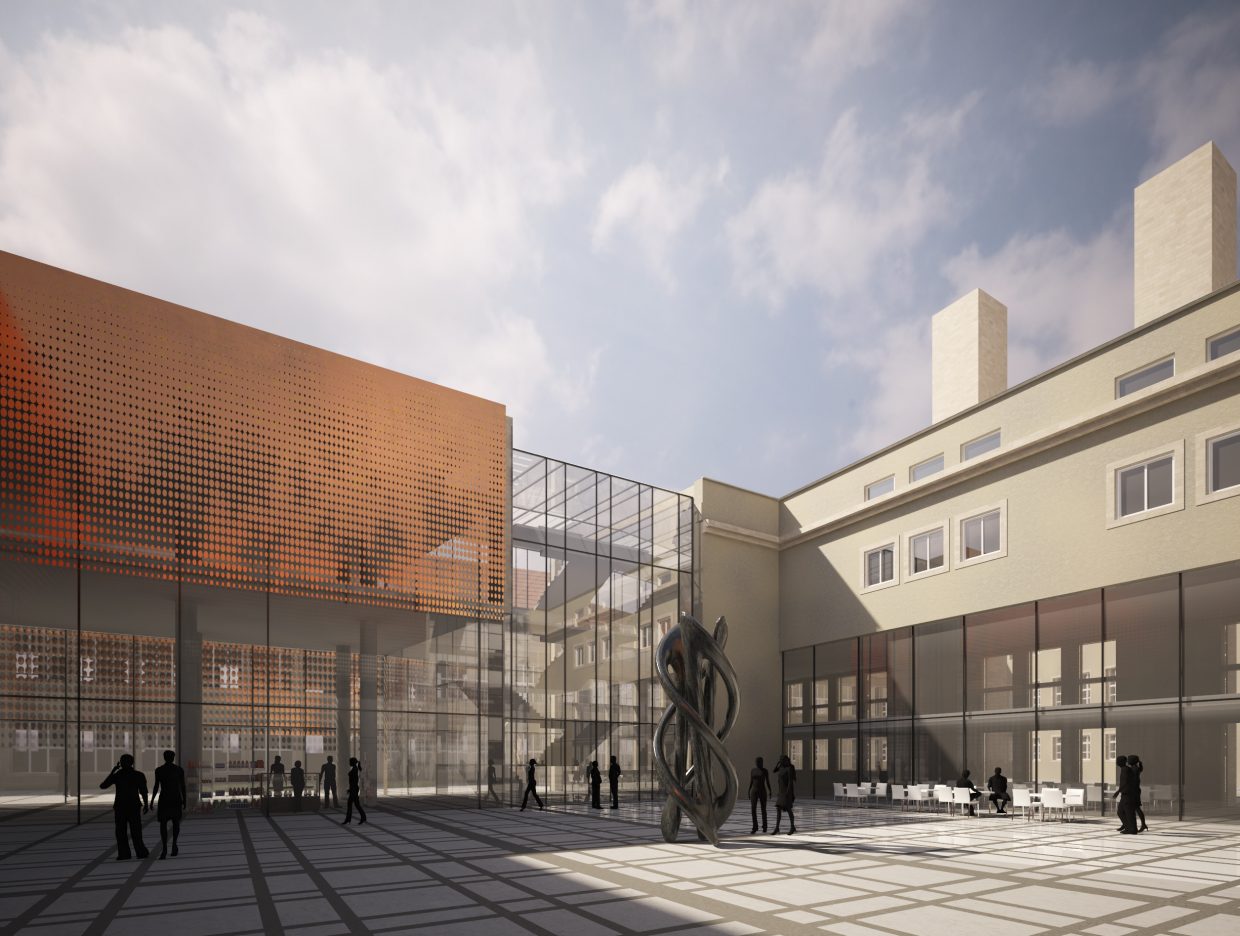
The actors involved include various stakeholders such as manufactories, workshops, artisans, design studios, restorers, digital agencies, scientific institutes, associations and retailers.
